Dinosaurs’ Extinction Helped Grapes (and Wine) Flourish Across the World
According to a new study, apparently, the mass extinction of dinosaurs around 66 million years ago paved the way for grapes to spread across the globe.
Without dinosaurs to trample and consume the vegetation, forests became denser, providing an ideal environment for grapevines to thrive.
Earliest Fossil Grapes in the Americas
Researchers recently discovered nine new species of fossil grapes in Colombia, Peru, and Panama.

Source: David Köhler/Unsplash
One species, Lithouva susmanii, found in the Colombian Andes, is the oldest known grape fossil in the Western Hemisphere, dating back 60 million years.
Impact of Dinosaurs on Forests
Dinosaurs played a significant role in shaping their ecosystems. Large dinosaurs maintained open forests by knocking down trees.

Source: Wikimedia Commons
After their extinction, forests became more crowded, favoring the growth of climbing plants like grapevines.
Post-Extinction Forest Dynamics
With the dinosaurs gone, tropical forests in South America became denser.
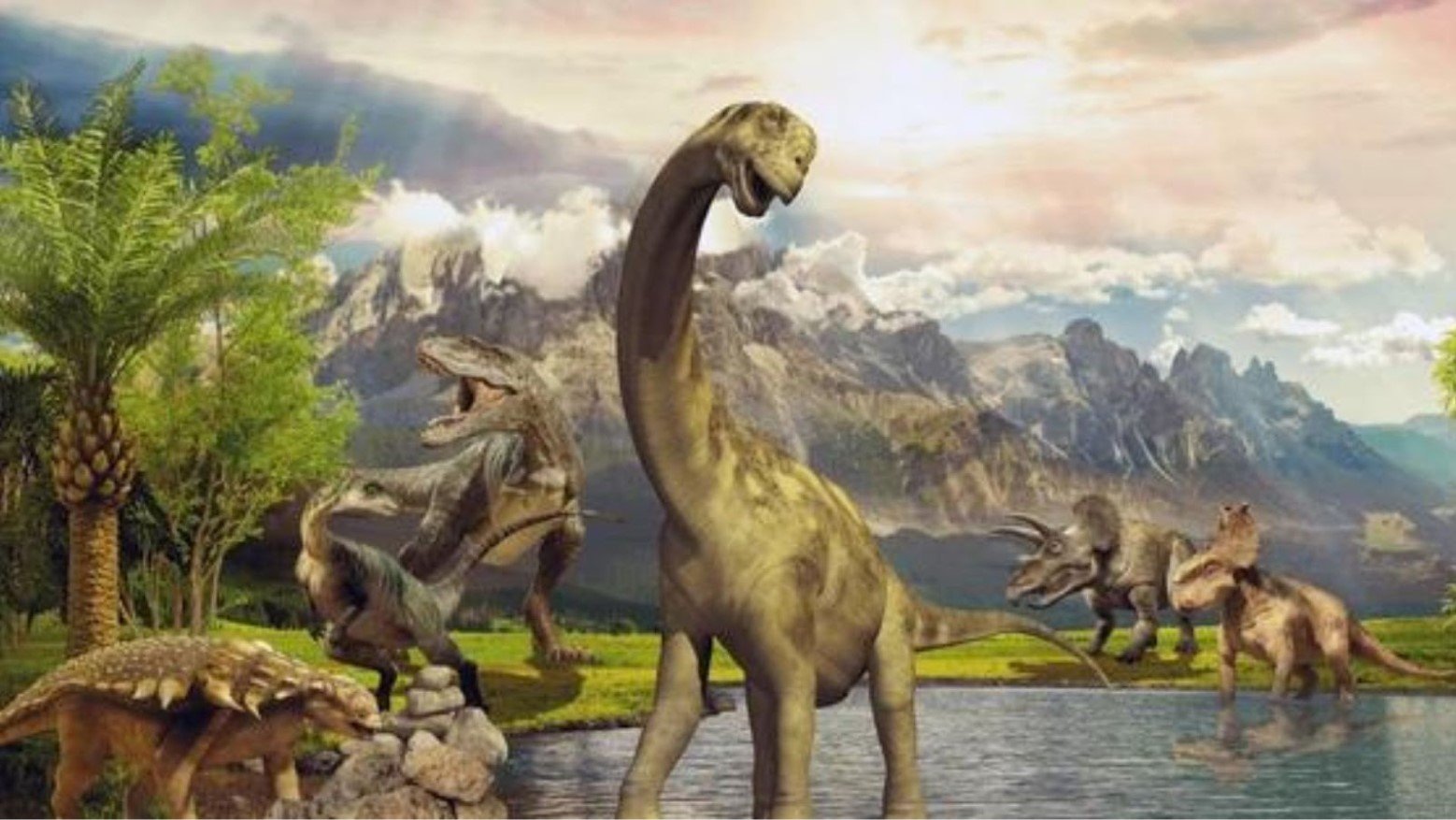
Source: Shutterstock
This new ecological context allowed grape plants to spread more easily, taking advantage of the crowded forest canopy to climb and flourish.
Role of Birds and Mammals
The post-extinction period saw an explosion in bird and mammal diversity. These animals likely helped disperse grape seeds, further aiding the spread of grapevines.

Source: Wikimedia
Birds, in particular, played a crucial role in carrying seeds to new locations.
Vitaceae Family's Ancient History
The Vitaceae family, which includes grapevines, dates back to around 66 million years ago.

Source: iStock
The oldest known grape seed fossils, originally found in India, coincide with the mass extinction event that wiped out the dinosaurs.
Significance of Fossil Seeds
Plant fossils are usually found as seeds because soft tissues decay rapidly.
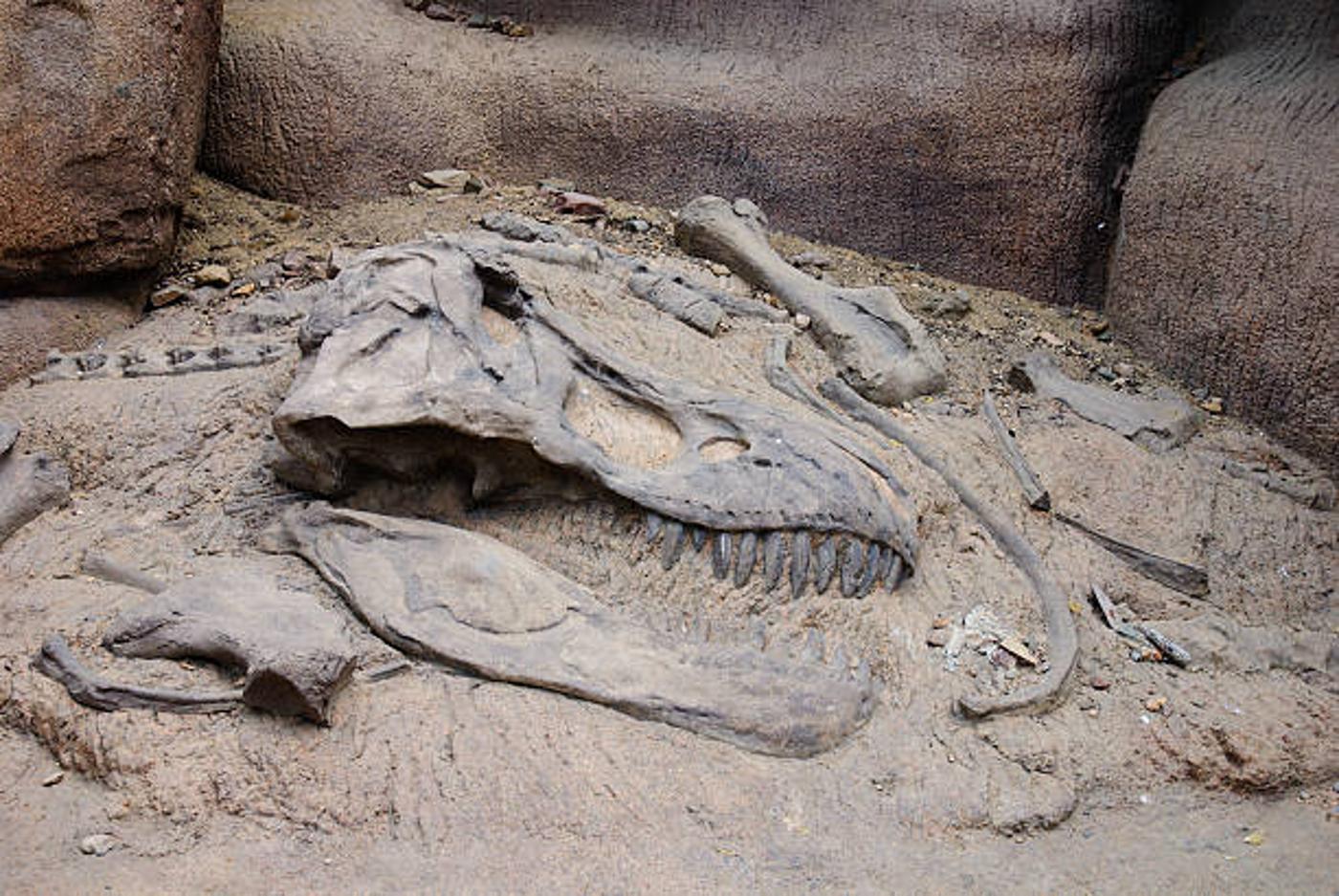
Source: iStock
The preserved seeds found in this study provide valuable insights into how grape plants spread and adapted in the millions of years following the dinosaurs’ extinction.
Diverse Grapevine Species
The nine newly identified grape species from South America highlight the diversity of the Vitaceae family.

Source: DC Studio, Freepik
These fossils reveal how grapevines adapted to different environments and contributed to the plant’s global distribution.
Grapevines' Climbing Ability
Around the time of the dinosaur extinction, fossil records show an increase in climbing plants like grapevines.

Source: Wikimedia
These plants used trees for support, allowing them to reach sunlight and spread their seeds more effectively.
Economic Importance of Grapes
Today, the Vitis genus, which includes the common grapevine, is economically significant.
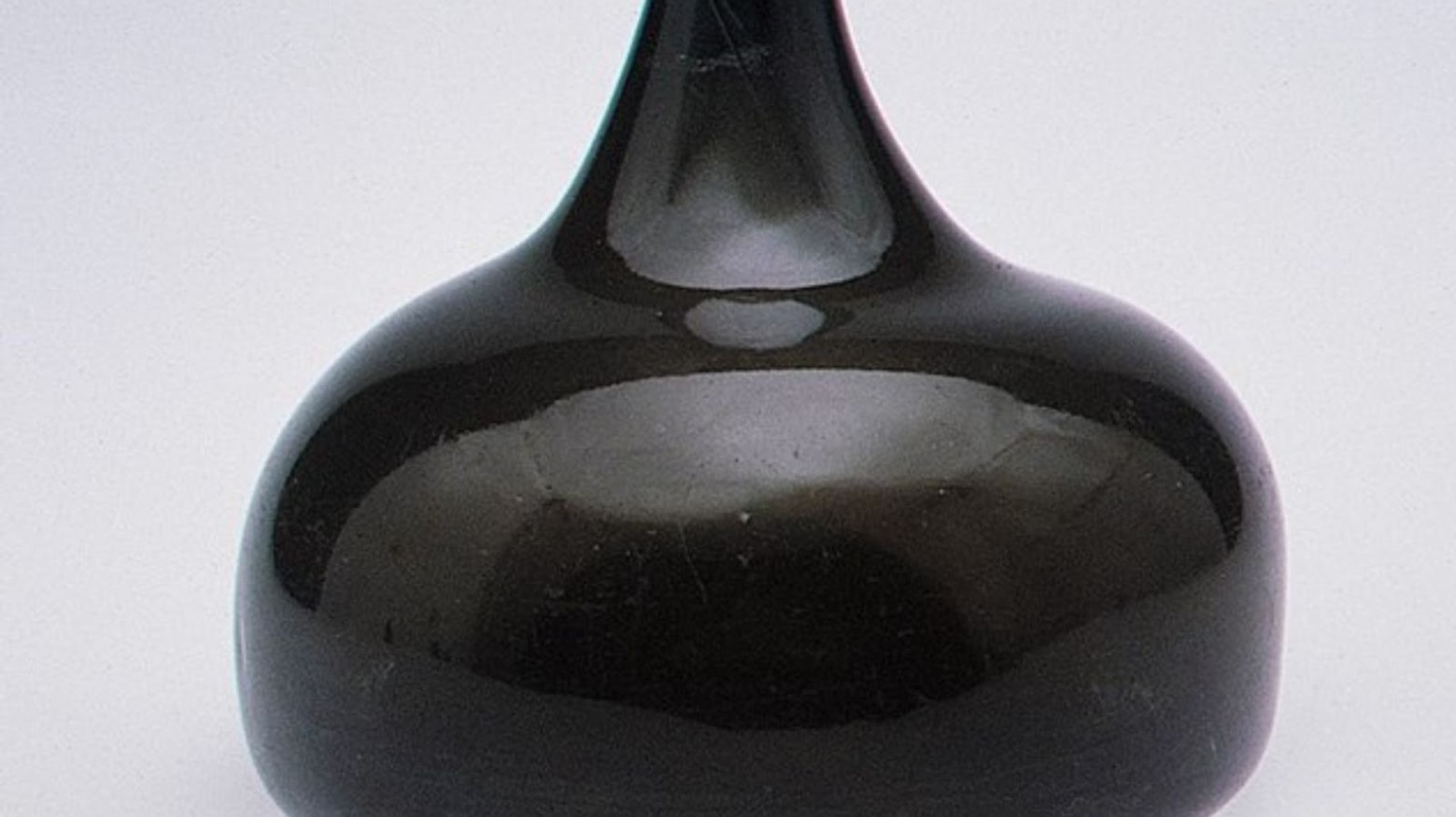
Source: Unknown Author/Wikimedia Commons
Grapes are consumed directly and used to produce wine, making them one of the most important fruit crops in the world.
Quotes from Researchers
“This discovery is important because it shows that after the extinction of the dinosaurs, grapes really started to spread across the world,” said Fabiany Herrera, an assistant curator of paleobotany at the Field Museum in Chicago.
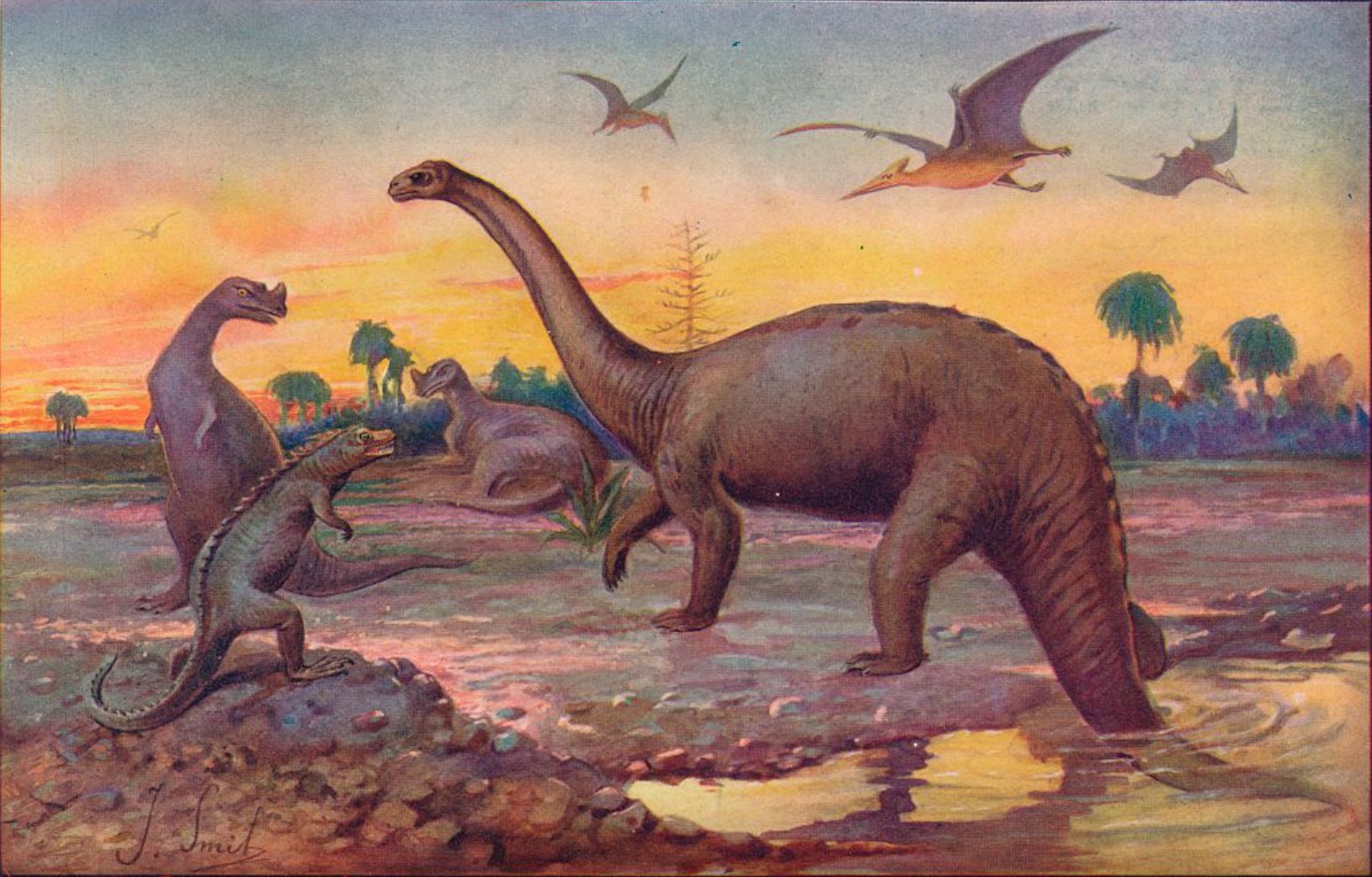
Source: The Print Collector/Getty Images
“We always think about the animals, the dinosaurs, because they were the biggest things to be affected, but the extinction event had a huge impact on plants too,” Herrera said.
Implications for Wine Production
The spread of grapevines following the dinosaurs’ extinction ultimately led to the diverse grape species we cultivate today.
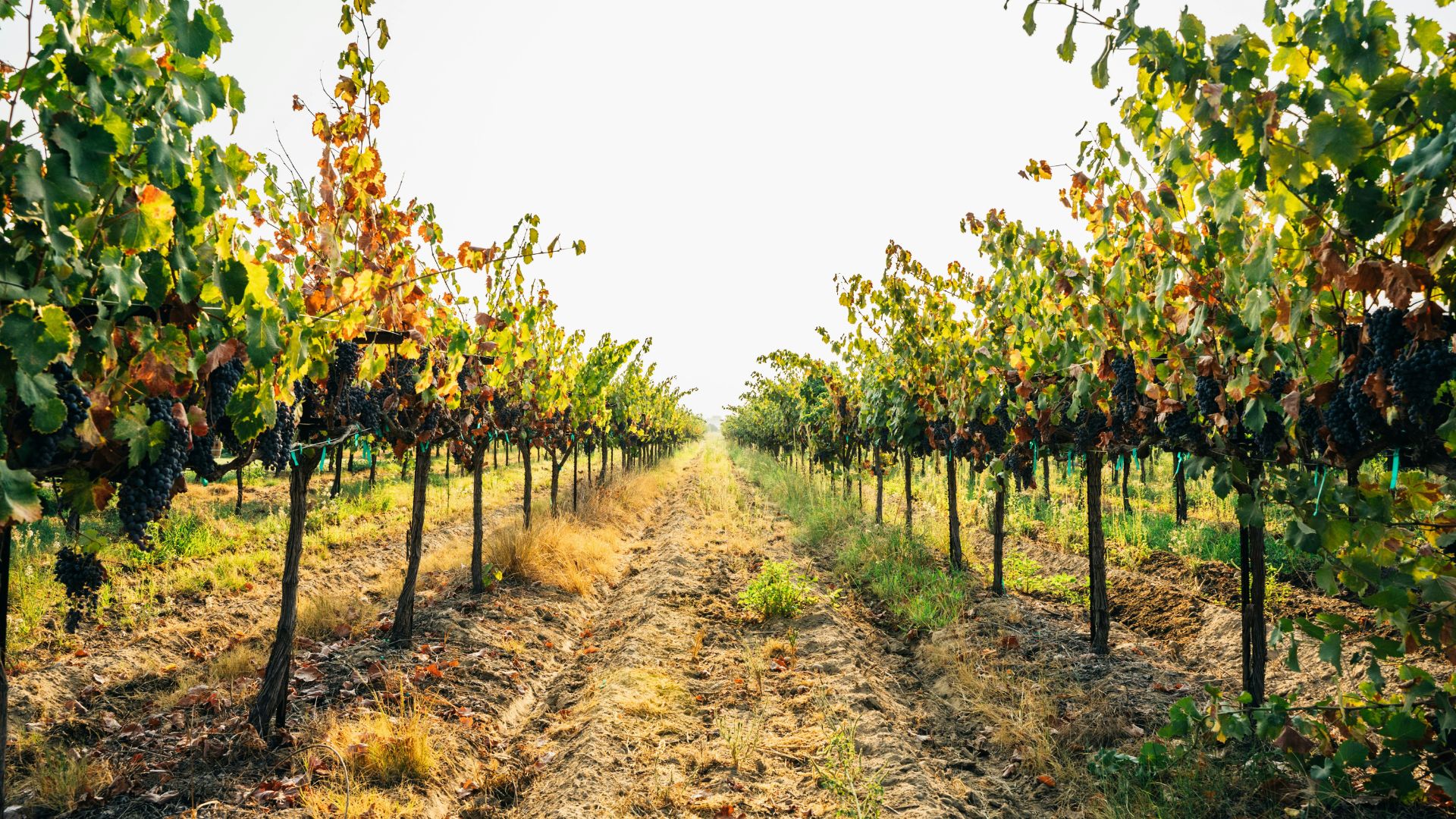
Source: Susie Burleson/Unsplash
This ancient event set the stage for the development of vineyards and the global wine industry we know and enjoy today.
